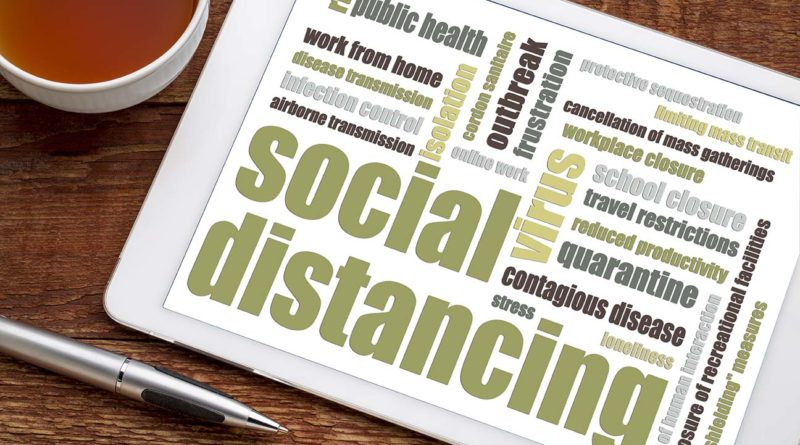Social Distancing: It’s more than a hashtag
Social Distancing Defined:
Social distancing is described by the Centers for Disease Control and Prevention (CDC) as:
remaining out of congregate settings, avoiding mass gatherings, and maintaining distance (approximately 6 feet or 2 meters) from others when possible.
CDC
In the event of an infectious disease outbreak, local officials may require the public to take measures to limit and control the spread of the disease.
Examples of social distancing
- The World Health Organization urges the public to leave at least 3 feet, or 1 meter, between yourself and anyone who is coughing or sneezing.
- Working from home instead of at the office
- Closing schools or switching to online classes
- Visiting loved ones by electronic devices instead of in-person
- Canceling or postponing conferences and large meetings
- Going to the grocery store early in the morning or on off-hours to avoid crowds

Why is social distancing important?
It’s one way to prevent the number of cases of illness from spiking rapidly past our health care system’s ability to keep up. The objective is to slow the spread of the illness. It is important that everything is done reduce to the total number of cases. The hope is if the pace is slow enough, our hospitals and health systems can continue to accommodate the people who need treatment.
Studies show that during the 1918 influenza pandemic, approximately 22% of the population in Sydney avoided infection by practicing social distancing measures like closing theaters, canceling classes and quarantining ill patients.
What not to do:
- Do not become hermits. We don’t want to get into our homes, lock the door and crawl under the bed. This behavior is not sustainable.
- Do not panic. Panic leads our brain to think with emotion rather than intellectual higher processes of our brain. This can lead to irrational decisions, especially if we are part of a large group of people trying to do the same thing, such as stocking up on household supplies, which leads to unnecessary shortages.
- Avoid discriminatory practices. Remember, COVID-19 virus does not infect people based on race — anyone is susceptible.
Coronavirus COVID-19 grants
- Grants of up to $25,000 to Massachusetts nonprofit organizations to address urgent community needs in eligible regions.
- Grants of up to $5,000 to New York nonprofit organizations in eligible areas for services that benefit disadvantaged populations that are displaced or actively impacted by the Coronavirus (COVID-19).
- Grants of up to $20,000 to North Carolina universities and nonprofit research organizations for research to develop technologies in the life sciences.
Finally – Protect yourself
- Wash your hands often with soap and water for at least 20 seconds especially after you have been in a public place, or after blowing your nose, coughing, or sneezing.
- If soap and water are not readily available, use a hand sanitizer that contains at least 60% alcohol. Cover all surfaces of your hands and rub them together until they feel dry.
- Avoid touching your eyes, nose, and mouth with unwashed hands.


Pingback: A Letter From Health Care Leaders to The U.S Government - GrantNews
Pingback: 2020 ...The Lost Year - GrantNews